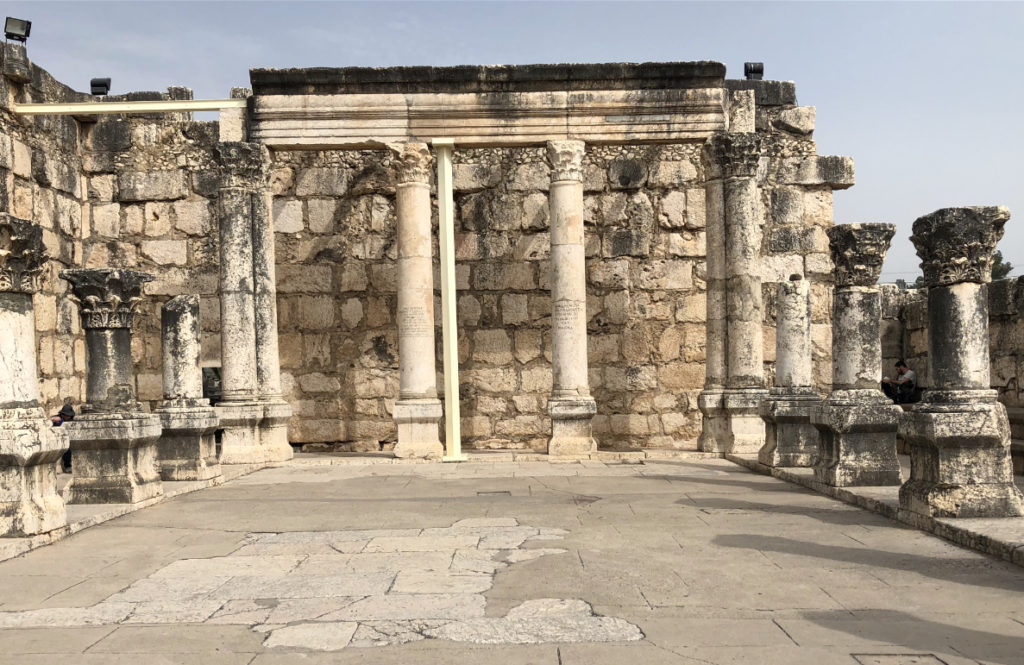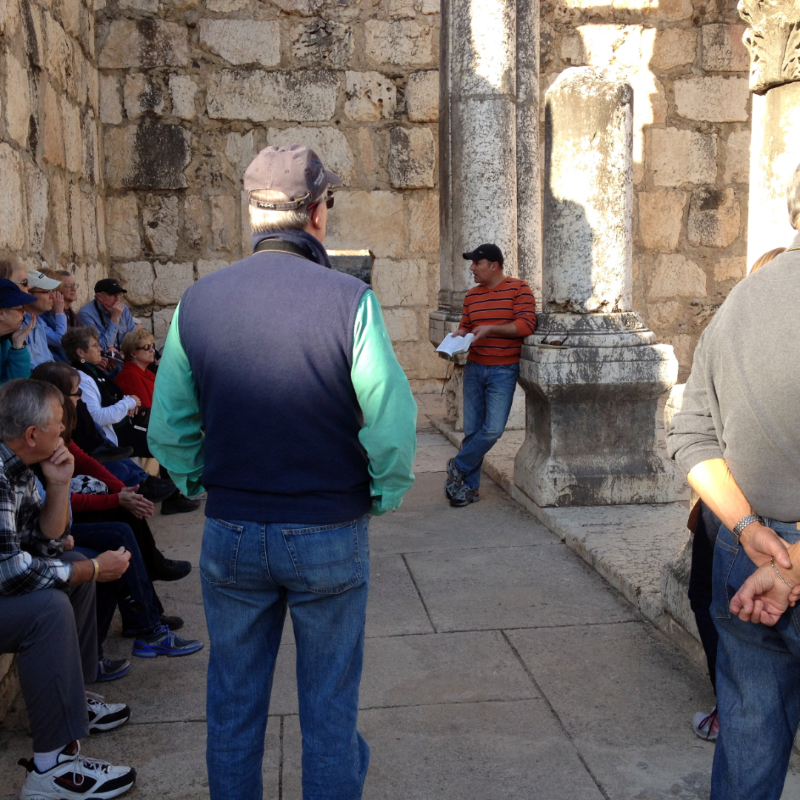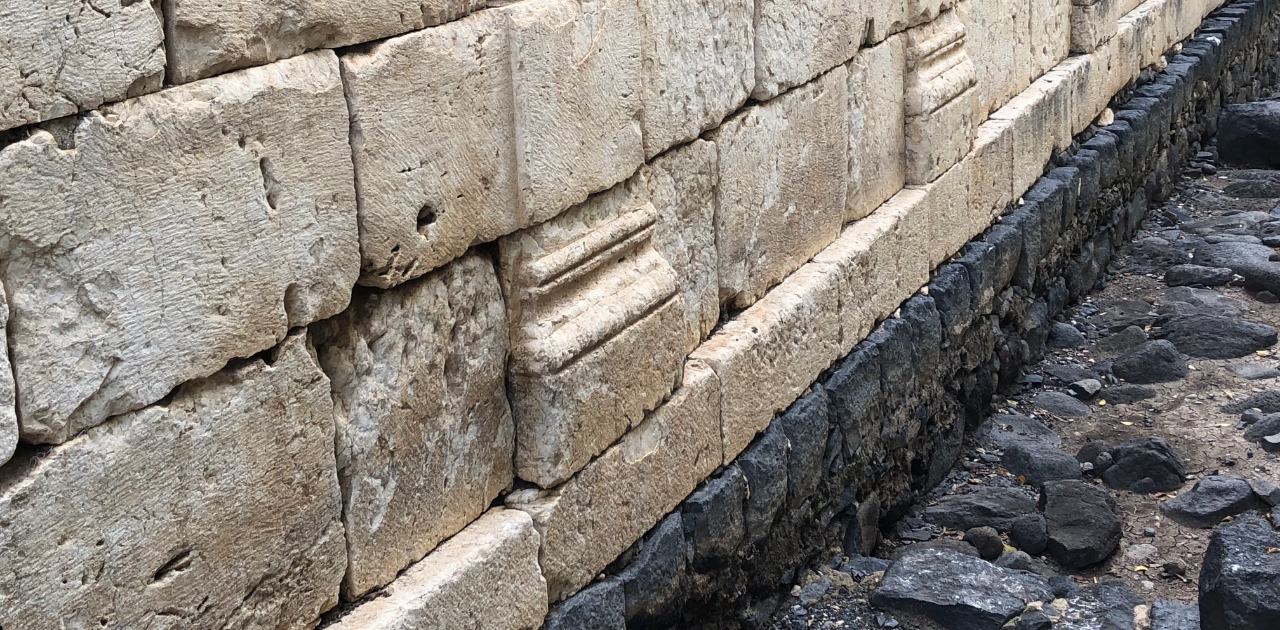In Luke 7:1-10, we read the story of Jesus healing a centurion’s servant in Capernaum. The account is familiar to many of us, but we often miss some of the remarkable circumstances that it reveals concerning the Roman officer.

The centurion sent word to Jesus via the Jewish elders of the town that a servant in his household was ill, and he requested that the Lord heal him. The Capernaum elders joined in the plea by adding, “This man deserves to have you do this, because he loves our nation and has built our synagogue.” (Luke 7:4-5) This Roman military leader was truly living counterculturally. He did not share the disdain for the Jews that the Roman army and provincial government had. He showed concern for his servant, whom he valued and regarded as more than chattel. And he gave generously to the Jewish community in which he lived by participating in the construction funding of the local synagogue. The centurion is not identified as a Jew himself, but Jesus recognized and praised the faith that he placed in Him and responded to it by healing the servant.

When we visit Capernaum in Galilee on our Holy Land pilgrimages, we can see the remains of the prominent synagogue structure. In fact, Jesus himself taught in that very place (Mark 1:21; John 6:59). The white limestone building stands out among the black basalt ruins of the surrounding first-century town, and the structure itself dates most likely to the third or fourth century. However, below that building, black basalt walls were discovered in 1968 excavations. At first it was assumed that these were merely the foundation of the limestone structure, but as archaeologists continued their work, they noticed that the building above and the “foundation” below were misaligned. Why would the ancient builders use a completely different building material, and why would the foundation not match the building above with more architectural precision?
The answer was that the basalt structure below was not constructed as the foundation of the later synagogue but was actually the first-century synagogue. As excavation teams dug deeper, they found the black basalt cobblestone floor of the original building. Today when we visit, we can see how the later limestone building sits on the earlier synagogue structure that the Roman centurion helped to build.
As we stand in the place where Jesus himself read scripture, taught, healed a man of demon possession, and more, we can look on those first-century walls and remember not only the Healer whom we worship but also the faith of a man who refused to hate and who chose to trust Jesus in his need. It was a faith that brought the Lord to exclaim, “Truly, I have not found such great faith even in Israel.” (Luke 7:9)


